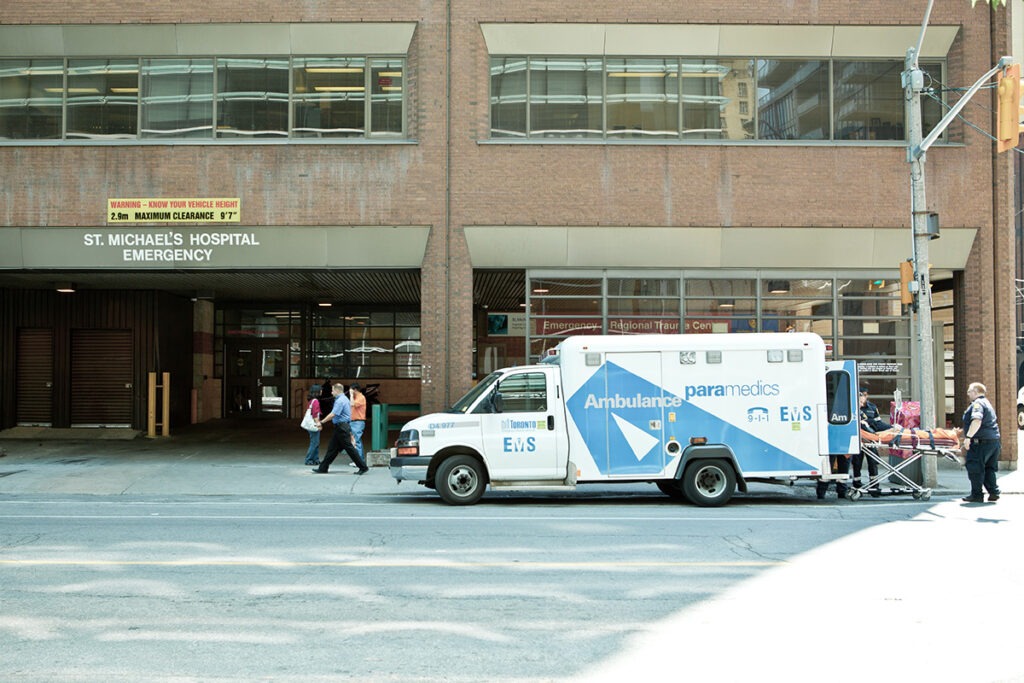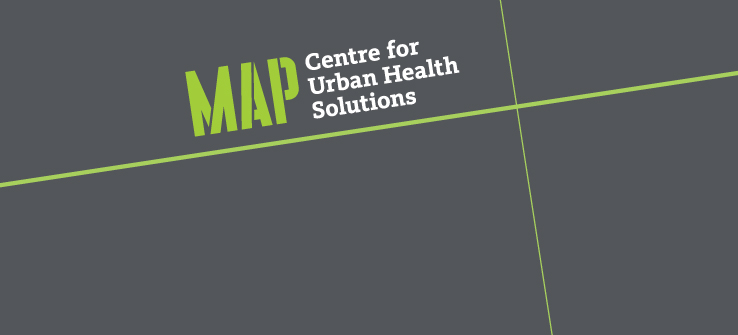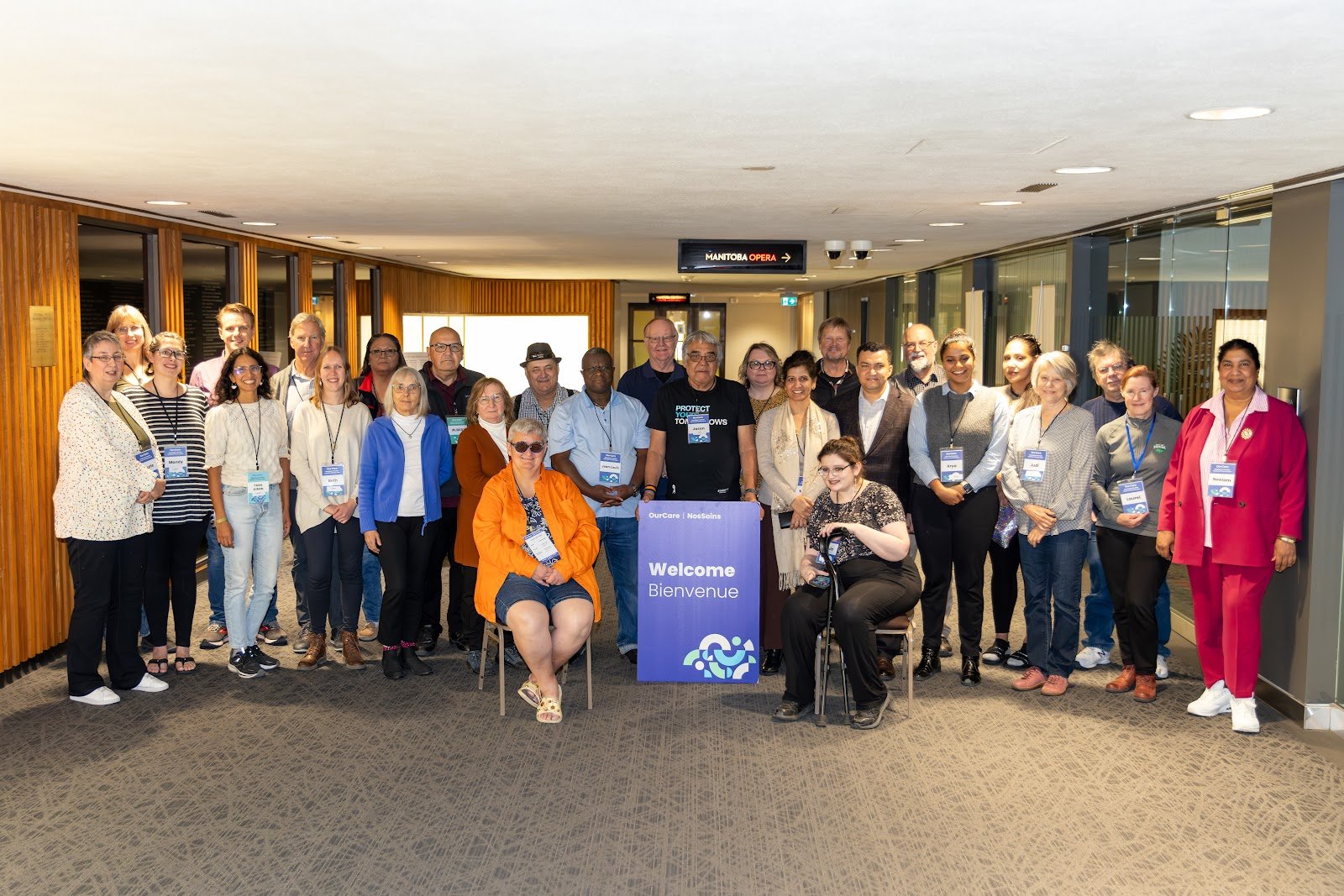Dr. Sean Rourke spoke with CBC News about I’m Ready‘s expansion onto the Western University campus, and why making at-home HIV testing available is important.
Author: Samira Prasad
HIV self-testing kits now available on Western campus
Western has made HIV self-testing kits available on campus as part of MAP’s I’m Ready, a national research project aiming to increase Canadians’ access to HIV testing and support. The Western Gazette writes about why it is important that these be available to students.
When Toronto kids get shot, this ER team steps in. Inside their plan to stop the cycle of violence
Injury from non-domestic violence is the most common reason youth visit an ED. Many of those patients will return with new injuries from violence. St. Michael’s Hospital’s THRIVE team aims to end that cycle by focusing on prevention. The Toronto Star spoke with MAP’s Dr. Carolyn Snider and Jennifer Dekker about their work leading the program.
Virtual care more effective with your own family doctor rather than an outside physician: study
Dr. Tara Kiran spoke with CTV News about how different types of virtual care impact downstream healthcare use and outcomes for patients. Dr. Kiran is an author on a new study in JAMA Network Open that found that those who saw their family doctor virtually were less likely to visit the emergency department in the next week, compared to those who had a virtual care visit with a doctor they had never met before.
Virtual medical care works better with family doctor: study
66 percent of patients are more likely to visit the emergency department within seven days after receiving virtual care from a doctor who is not their family physician. Mark McAllister of CityNews spoke with Dr. Tara Kiran about her recent study looking at virtual care.
Toronto’s homeless residents and frontline workers brace for bitter winter
Research by Dr. Carolyn Snider found that cold-weather related emergency department visits by people who are unhoused have gone up 68% in the past five years. She recently spoke with The Canadian Press about what is needed to address this.
Calls to end ‘race correction’ in health care
Common diagnostic health tests have long been interpreted differently for Black patients — a practice called “race correction,” which has systematically denied access to timely and sometimes life-saving care. The Current’s Matt Galloway talks to LLana James, co-chair of the Canada-US Coalition to End Race Correction in Healthcare; and Dr. Nav Persaud, the Canada Research Chair in Health Justice at St. Michael’s Hospital in Unity Health Toronto.
Citizens panel recommends Indigenous health department
This article by the Winnipeg Free Press covers some of the recommendations put forward from Dr. Tara Kiran’s OurCare Manitoba Panel. The creation of an Indigenous health department and a provincial health ombudsperson are among 37 of the recommendations made.
Can OECD Countries Help Canada Improve Primary Care Access?
Dr. Tara Kiran spoke with Medscape about her recent research looking at Canada’s primary care system in comparison to other Organization for Economic Cooperation and Development (OECD) countries, and potential structures that would work in Canada.
‘We want to keep people alive’: Outreach workers call for tools to combat toxic new street drugs
CBC News spoke with Karen McDonald, lead of MAP’s Drug Checking Service about the challenges of fighting the overdose crisis when the drugs are rapidly changing, and the importance of drug checking. “It’s important for people to know what it is that they’re using, just so that they can make safer choices,” she says.









